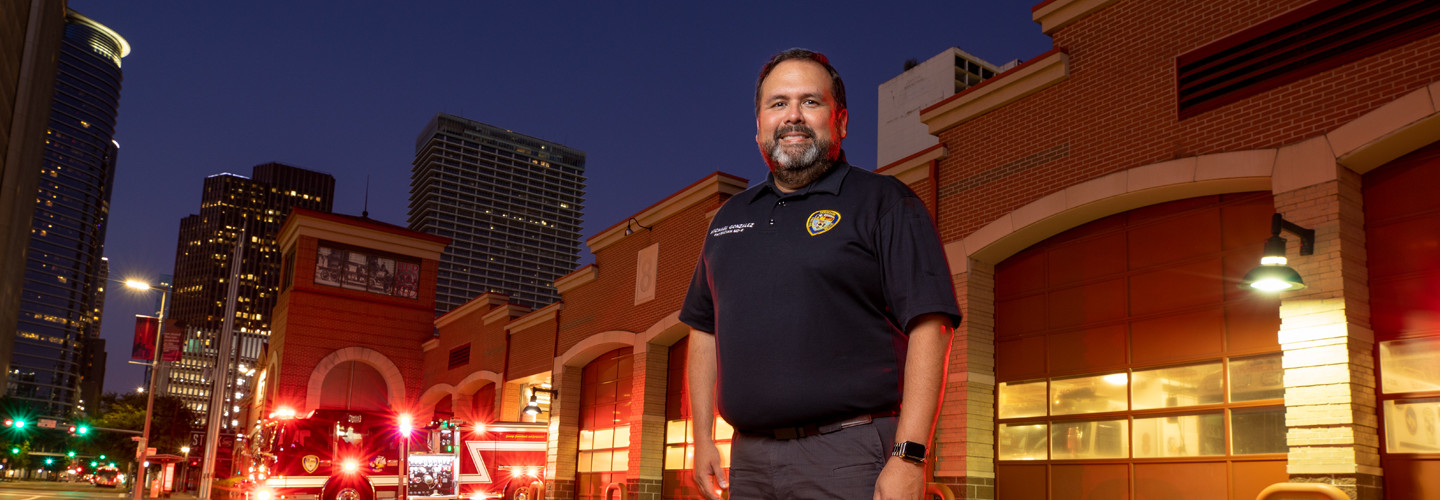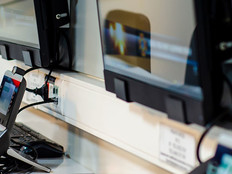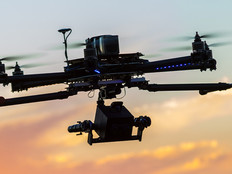When Houston first responders suspect that a patient may not require an ambulance transport, they can initiate an ETHAN call on a Toughpad, using 4G connectivity and Cisco Jabber to communicate directly with an emergency physician.
The doctor can assess the patient’s symptoms remotely and can even schedule a clinic appointment and taxi ride for the patient if an ambulance ride isn’t necessary. Most ETHAN calls result in alternatives to ambulance transport, saving hundreds of dollars per call and getting Houston’s first responders back in action more quickly.
“We’ve had almost every major city in Texas come through with the idea of trying to do something similar,” Gonzalez says. “So the idea is definitely catching on.”
First Responders Use Tablets to Gather and Transmit Information
The Sherborn Fire Department, in the Boston suburbs, deployed tablets as a way to meet a state mandate requiring first responders to capture patient information electronically. At first, the department rolled out a single ruggedized laptop for the entire department. But that solution was expensive, and it required first responders to pass the device around to gather information from multiple people — slowing down incident response.
About three years ago, Sherborn switched to Microsoft Surface Pro tablets with ruggedized cases, eventually rolling out four of the devices. “Tablets are more scalable,” says Lt. Klaus Ullmann, a firefighter and emergency medical technician with the department. “Now, each one of our crew members can gather information from multiple people simultaneously.”
In Berkeley County, W. Va., officials have deployed about 150 Durabook R11 tablets to police, fire and EMS vehicles. Like Sherborn, Berkeley County is using the tablets for mobile charting. But the devices also interface with the county’s 911 system, and first responders can see dispatchers’ call notes on the tablets in real time, helping them to better prepare for incidents.










